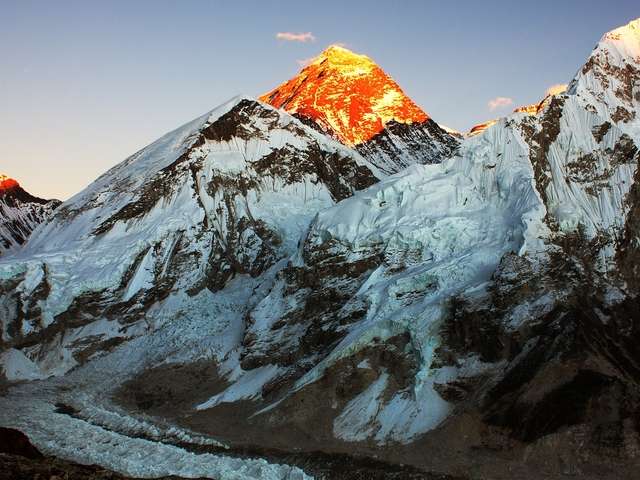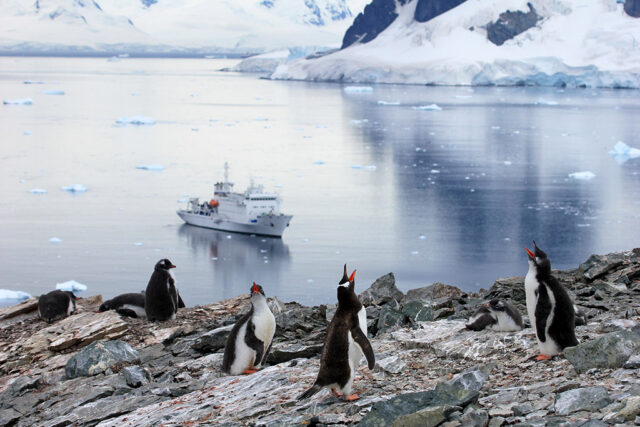
The white continent is nothing less than a magical place. It hosts endless vistas of rocky, seal covered beaches and gently bobbing icebergs. Penguins on ridiculously photogenic cliffs and glaciers in every hue of blue. Stunning lenticular clouds grace the skies and magnify the natural beauty of sunsets at the bottom of the world. And fun fact, in addition to being the largest desert in the world this polar region also has the oldest ice on the planet. There are endless reasons to cruise to the land of the midnight sun and here are a few of our favorites.
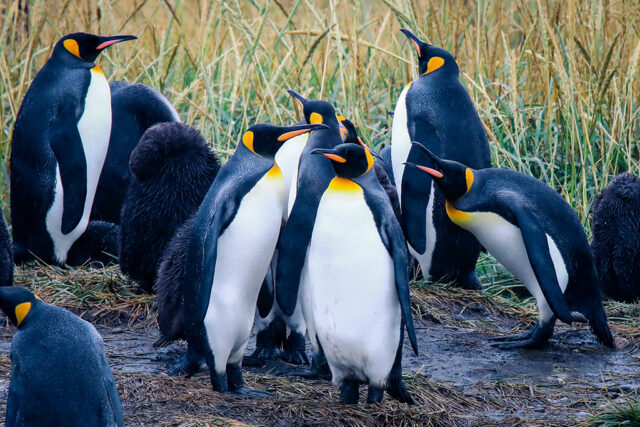
Seeing penguins in the wild is an unforgettable experience and Patagonia, the southern tip of South America, is one of the best places to view them. From Magellanic, Humboldt, Gentoo, Southern Rockhoppers, to King Penguins, Chile and Argentina have them all. There are even more penguins in Patagonia than humans! You can view these adorable creatures in massive colonies at Tierra del Fuego, Punta Arenas, and Puerto Madryn.
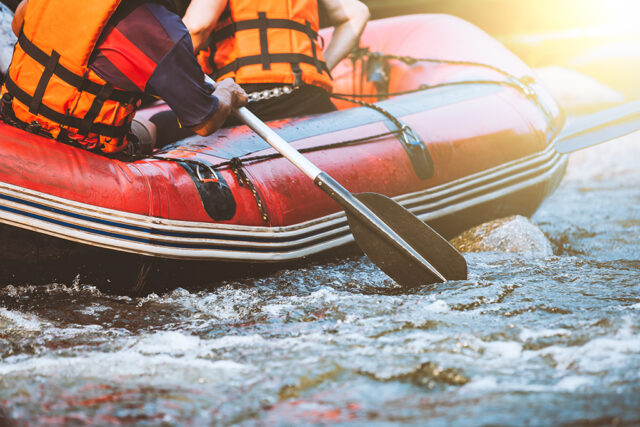
Enjoying the Grand Canyon and the emerald waters of the Colorado River on a rafting trip is one of the best ways to immerse yourself in these natural wonders. One of the most important decisions you’ll make before joining a rafting trip is which type of vessel and therefore adventure to choose. There are primarily two categories; motor and oar power rafts. In this article we’ll help you decide which is more suitable for you.
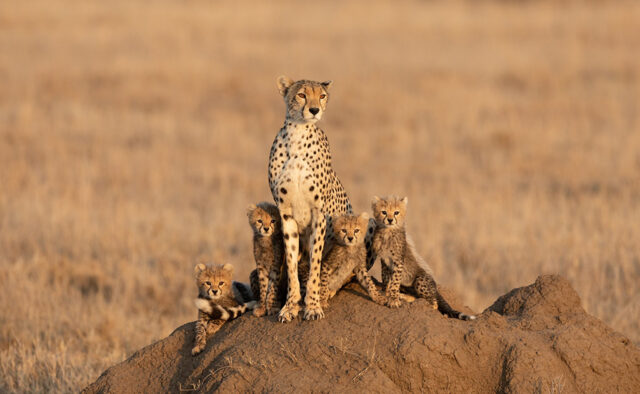
With an estimated 4 million wild animals roaming its plains, the wildlife viewing in Tanzania is legendary. Though there are several safari circuits within the country, the most popular by far is the Northern circuit. Made famous by the Great Migration, the Northern circuit encompasses quintessential safari parks including Serengeti National Park (NP), Ngorongoro Conservation Area, Tarangire NP, Lake Manyara NP, and Arusha NP. Kenya’s Amboseli NP is not typically part of the Northern Circuit but since it’s an easily accessible and magnificent park, it’s a must see. East Africa, and Tanzania in particular, is by every definition a wildlife lover’s paradise. The best way to experience it is by grabbing your binoculars, joining a jeep safari and cruising through the endless savanna.

For those already planning to trek Kilimanjaro, adding the second highest mountain in Tanzania and the fifth highest mountain in Africa to your itinerary without going far out of your way is a no brainer. Strategically speaking, trekking Meru before summiting Kilimanjaro can be a great way to acclimate before summiting the tallest peak in Africa. It is also one of the most spectacular treks in East Africa, with stunning sunrise views of Kilimanjaro from the crater’s ridge, lush rainforests, cascading waterfalls and a diverse throng of wildlife. Keep reading to discover why trekking Mt. Meru is a must do when in Tanzania.
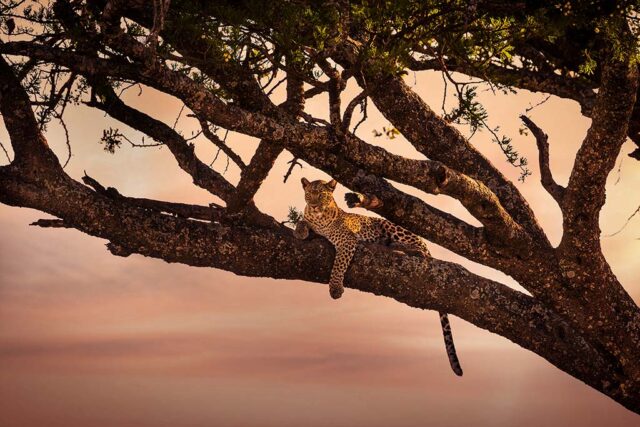
A country rich in world wonders, from Kilimanjaro, the world’s largest free standing mountain, to the Great Migration, where 2 millions wildebeest, zebras and gazelles make their yearly circuit through the world famous Serengeti. From hiking an active volcano, visiting one of the country’s 130 tribes, or spotting the Big Five in one of the world class safari parks, Tanzania has it all. After exploring the hot savanna, relax on the resplendent beaches of the Zanzibar Archipelago before diving into the azure water to see the colorful coral gardens below. After consulting our adventure experts, we bring you the top 20 things to do in Tanzania, one of Africa’s top destinations.
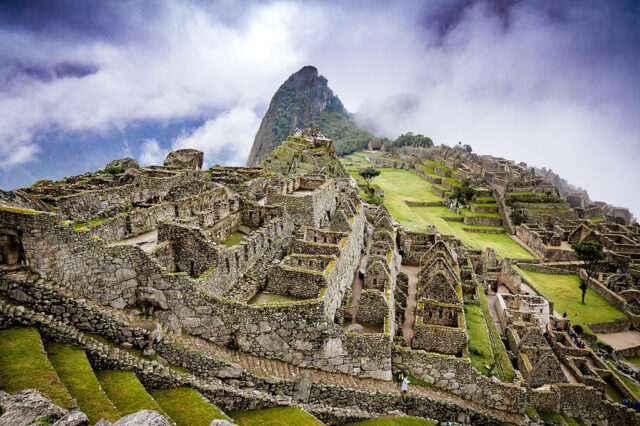
Topping everyone’s list of must-see countries and back packer paradises in South America is Peru. It is known for being comparatively affordable to the surrounding countries in addition to being ‘Llama-land!’ and the home to the world renowned Incan site Machu Picchu. It is a country of spectacular landscapes, rich in biodiversity and where adventures abound. Our adventure consultants have put together their top thirteen reasons why Peru should be next up on your list of places to visit.
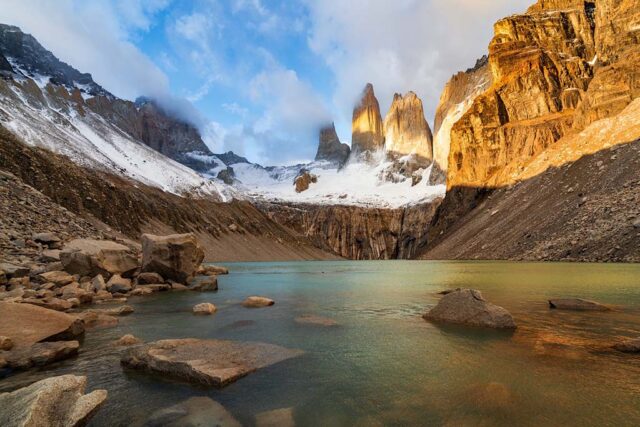
Patagonia is a region of dramatic natural beauty, from glaciated mountainscapes to vast Andean steppes. To visit Patagonia is to fall in love with this distant and mysterious land.
It is famously rugged, breathtakingly beautiful and largely untouched by man. The ‘End of the World’ is one of the most exciting places in the world to explore; it has everything from penguin colonies and whale watching to some of the best treks on the planet. Here are the top reasons to visit Patagonia!
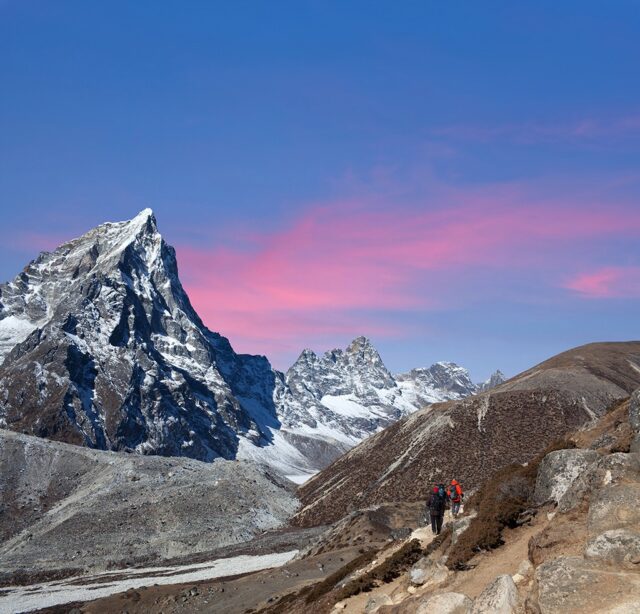
The Everest Base Camp trek is a mecca for adventurous, nature loving souls and hard core granolas alike. It offers pristine vistas for aspiring landscape photographers to capture and is a formidable challenge beckoning to trekkers the world over. If you’re reading this, you’re likely already caught in the allure of Nepal’s most impressive trekking region and are ready to have the question of “When’s the best time to go?” answered. The short answer: The most popular months to go are April, May and October. February, March, November and December are also great months to trek Everest Base Camp. However, the complete answer is more nuanced. Would you like to go with cooler weather and less crowds? Or warmer weather and see the tent city of Everest Base Camp in full swing? Read our comprehensive guide to decide which month is best for you! Please don’t hesitate to reach out if you’d prefer an adventure consultant to help you plan a trek curated especially for your schedule.
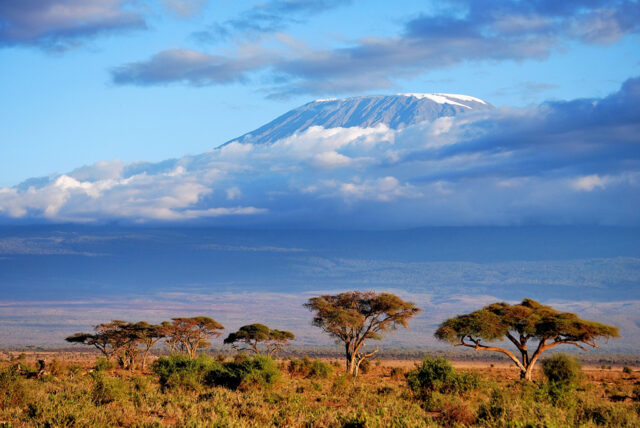
Kilimanjaro has a typical annual weather pattern alternating between rainy and dry seasons. As Kilimanjaro is situated at the equator so temperatures actually don’t change much throughout the year. In fact, temperatures at the summit remain relatively stable while lower elevations tend to be 5 or 6 degrees Celsius (10 to 12 degrees Fahrenheit) cooler in June/July and August. For optimal trekking conditions we recommend attempting to summit during a dry season. The dry seasons run from January to mid-March and then again from June to October. The optimal months being February and August, followed closely by January and September, then June, July and October. The primary rainy season or “long wet” is from Mid-March to Mid-May and the secondary rainy season or “short wet” is from November to December. Climbing is still possible in November and December (the “short wet”) as rains tend to be limited in duration. It is also possible to climb during the “long wet” but we generally don’t recommend it as the trails are muddy and rains can last several days. As each month varies in cloud coverage, sun exposure, and low temperatures at altitude, we’ve created this month by month guide. Trekkers should have a clear idea of the weather conditions of the months they’re trekking to the Roof of Africa.
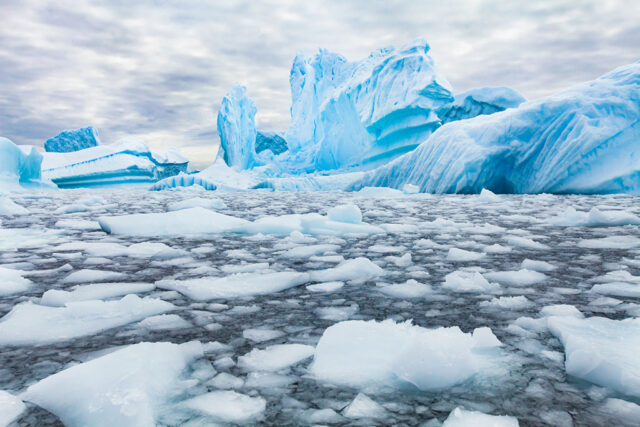
Imagine your perfect destination cruise. Does it involve warm beaches, exotic islands and snorkeling with seals or turtles? Or perhaps an icy wonderland away from the hoards of tourists… a place where you can mingle with penguins and whale watch among icebergs? When planning the cruise of a lifetime, you should consider all the factors from climate to cost to accessibility. In this guide we compare two amazing yet extremely different dream destinations, Antarctica and The Galapagos Islands, to help you choose which is best for you.
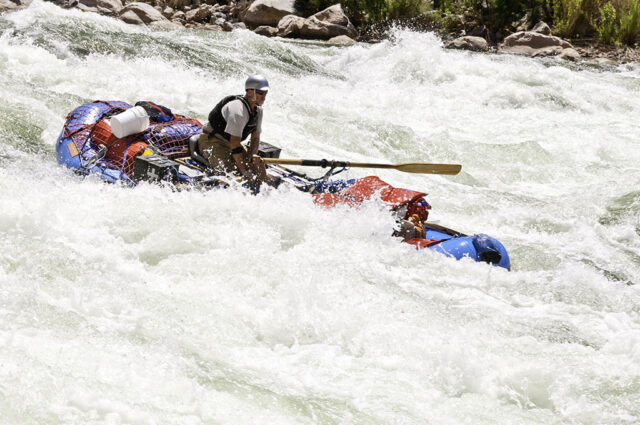
The Grand Canyon is the Mecca of river runs with over 160 rapids, some 25+ ft drops, and river speeds upwards of 20 mph. There’s no doubt that a journey into the greatest canyon in the West will be an epic adventure. Join a fast paced river journey navigated by experienced guides on the Colorado. Regulated by the Glen Canyon Dam, the river’s flow averages 12-15,000 cubic feet of water per second i.e. a guaranteed ride of a lifetime. Without further ado, we present to you the top 5 raging rapids of the Grand Canyon!
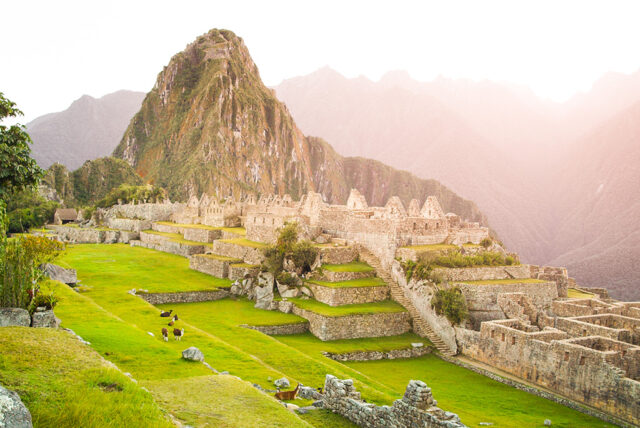
Even among non-trekkers the Everest Base Camp trek and the Inca Trail garner significant name recognition. With both trails winding through stunning mountain ranges, the Himalayas and the Andes respectively, trekking either of these pristine locations is a memorable endeavor. However, deciding between the two for your next adventure is a challenge of its own. We’ve put together an overview of the difficulty, scenery, experience, acclimatization and best times to go to help you make an informed decision.
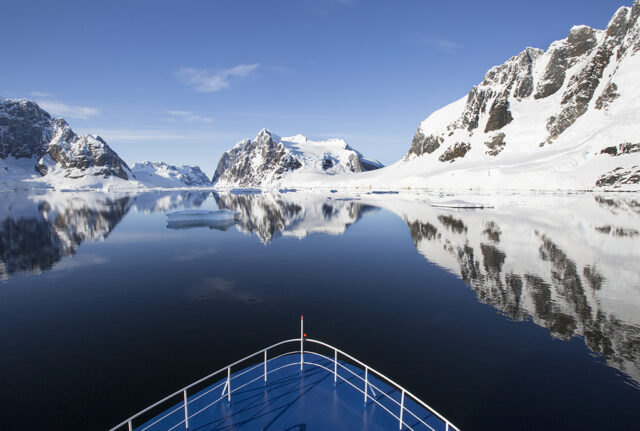
Many adventurers have dreamt of visiting all seven continents, often saving the South Pole for last. However, as one of the most exhilarating and unique places to visit in the world it deserves to be more than just an afterthought. This enchanting white desert captures the imagination of birdwatchers, explorers, and scientists alike. Step with us into the furthest corner of the world abounding in endless visions of penguins, icebergs, and glaciers. If you have just one more continent to go or are just starting your world expedition, we are here to tell you that an Antarctic Cruise is the best way to experience the South Pole.
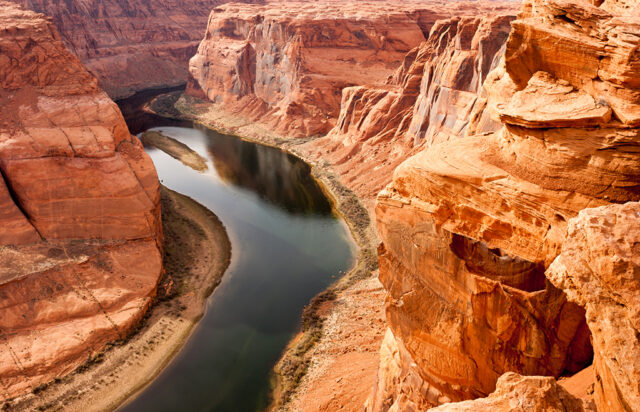
Located in Arizona, the Grand Canyon is the most visited attraction in the United States of America and one of the most visually arresting landscapes in the world.
This vast canyon and American icon should be on any itinerary for the American Southwest for many reasons. Whether it be the incredible amount of wildlife, its astounding natural beauty, the geographical significance of the canyon, or its intriguing lore, there’s something here for everyone. Appreciating the scale and beauty of the Grand Canyon while rafting its deep gorges and sipping lemonade is arguably the best way to go.
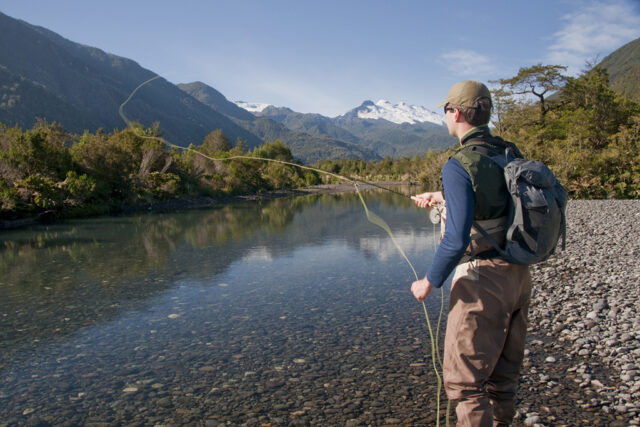
Saying “We went fly fishing in Patagonia!” never gets old. If you think you can take your eyes off the breathtaking scenery long enough to learn the craft or perfect your casting technique then we’ve got all the information you need to get you started. Read on to learn more about the prime spots in Patagonia, the ideal time of year and ultimately how to best experience the lakelands. In short order we’ll have you placing your fly in just the right seam with as close to a drag free drift as you can muster.
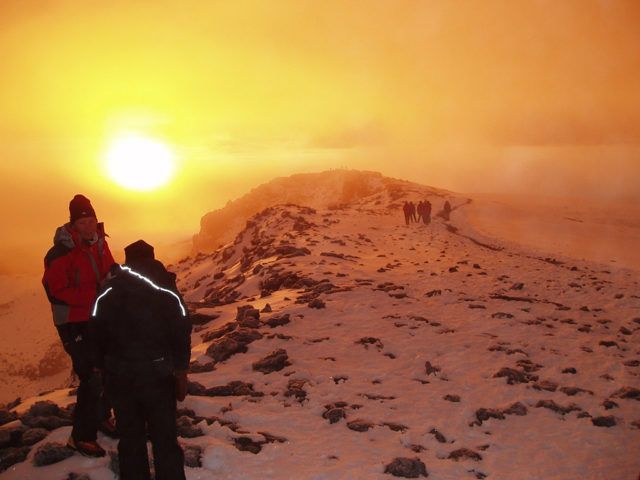
As with every big trek, it’s important to do your research and come physically prepared before joining us on the expedition up Kilimanjaro. Experienced trekkers know that this is the way to maximize the value of your excursion. However, what you may not realize is that Kilimanjaro waits until the last 4,000 feet, when you are dead on your feet and stumbling through the darkest part of the night to truly test you. However, with this guide you can get through the infamous summit night to fulfillingly see morning’s first light breaking over the horizon from atop Uhuru Peak. Here’s a look at what to expect on your summit night.
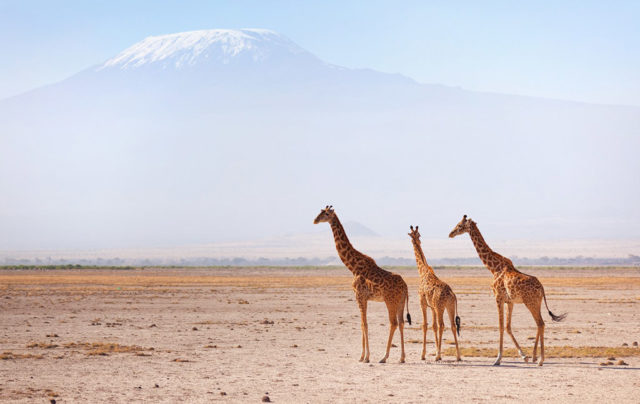
If you’ve had a trip to Kilimanjaro in the back of your mind for a while, consider this the final push! Kilimanjaro should be your first choice when it comes to trekking in Africa. With the right preparation and determination, you could reach the ‘Roof of Africa’. It’s a life changing journey that will take you through unique and alluring landscapes filled with geographical wonders. What better way to test your limits, see the delightfully biodiverse ‘heartland’ of Africa, or expand your cultural horizons? Here our top 7 reasons for climbing Kilimanjaro.
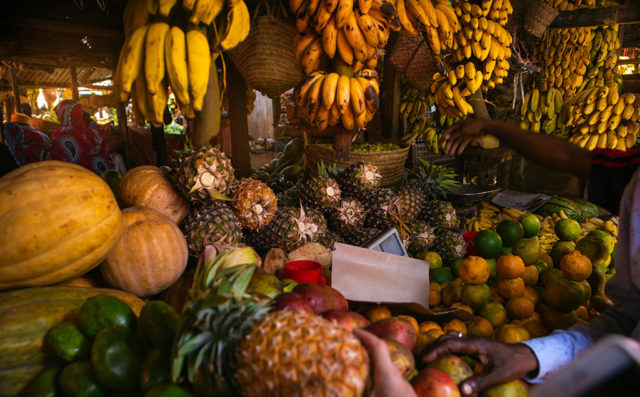
For those of us who are already daydreaming about their next meal, you are probably wondering what quality of food there could be on the trek to Kilimanjaro’s summit. Our Adventure Expert and Kilimanjaro enthusiast Rob Hatch shares this insight “The food is delicious, and is often one of the favorite parts of the trip for our guests. Personally, I found the hot cucumber soup on our way down from the peak to be one of the tastiest and most satisfying meals I’ve ever eaten.” So what other delectable food options are on the trek?
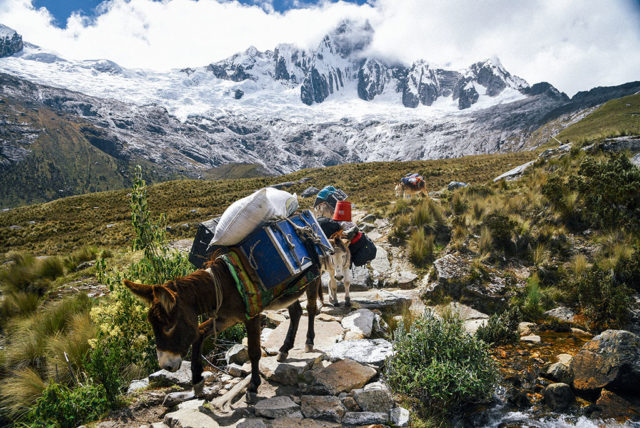
Feeling adventurous? Peru hosts many of the world’s top hikes, which comes as no surprise considering it also hosts the world’s longest mountain chain, the Andes. Many are familiar with its most famous hiking destination Machu Picchu but are unaware that there are several stunning routes to choose from i.e. the Inca, Salkantay or the Lares Trek. The Colca Canyon is another contender for Peru’s most popular destination with its impressive status of being second deepest canyon in the world. Additionally, the legendary Santa Cruz Trek should not be looked over as it is ranked as one of the world’s most beautiful treks. Regardless of your final choice(s), you can’t go wrong. From the richness of the indigeneous cultures by day to the brightness of the milky way fulfillingly closing each night, trekking in Peru is an unforgettable experience.
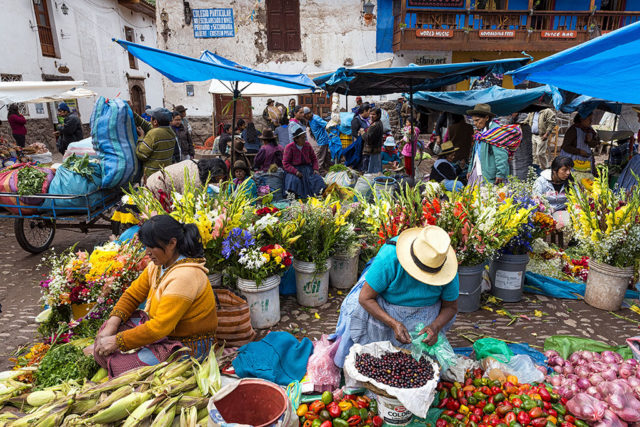
Cusco is known far and wide as the former Incan capital high in the Peruvian Andes and of course, the starting point for visiting the renowned ruins of Machu Picchu. However, Cusco offers many more unique excursions that shouldn’t be missed while visiting this beguiling South American city. Instagram has probably already introduced you to Cusco’s newest attraction the Rainbow Mountain but you probably haven’t heard of the Ollantaytambo and Saqsaywaman ruins that give Machu Picchu a run for its money. Bring things back to the present with a visit to a local market or by river rafting through Peru’s Sacred Valley. Doubtless, there’s a lot to explore around Cusco and with our guide you’ll be able to make the most out of your visit!
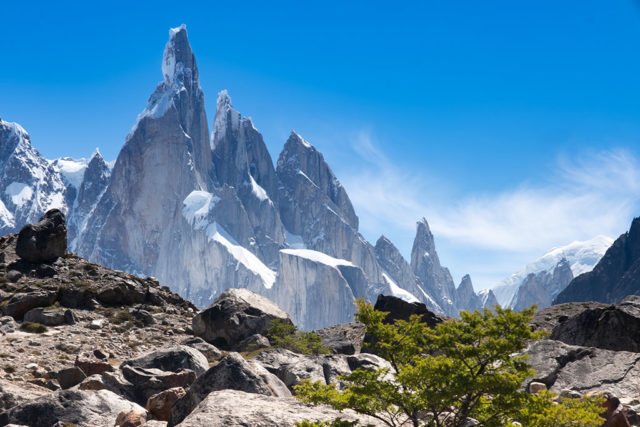
El Chalten, often called the “National Capital of Trekking” offers the most scenic trails in all of Patagonia. This area of exceptional beauty is home to the glorious peaks Monte Fitzroy and Cerro Torre, numerous milky glacial lakes, rushing waterfalls and expansive woodlands. Immerse yourself in the unspoiled nature of Los Glaciares National Park to see why this region is recognized internationally for its natural beauty.

At “The End of the World” sits Ushuaia, an easy going resort town surrounded by scenic mountains and glaciers. It is a common jumping off point for Antarctic tours but before heading to the South Pole be sure to take at least 3-4 days to see all that Ushuaia and the surrounding area has to offer. Ushuaia is known for its breathtaking landscapes from the celebrated Tierra Del Fuego National Park, the chillingly beautiful Beagle Channel and its penguin dominated Isla Martillo, as well as numerous azure glaciers and lakes. You shouldn’t be surprised to find dog sledding or skiing at Ushuaia’s pristine resorts too. With so much to do we’ve listed the top 6 things we recommend doing in Ushuaia to finesse your travel plans.
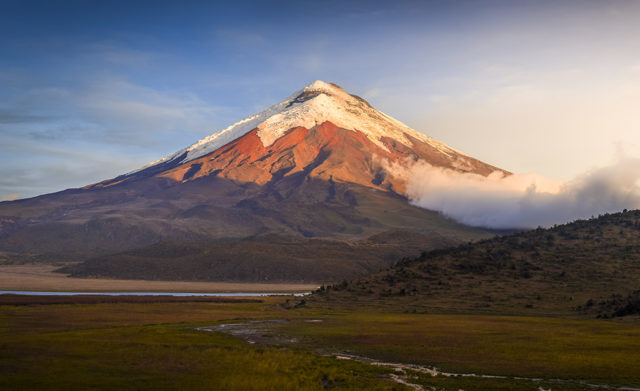
Exploring Ecuador is something that should be on everyone’s travel bucketlist! This small country’s tourism industry is expanding rapidly and for good reason. You will be struck by the diversity of wildlife in the Galapagos, awed by the geographic wonders of the volcanoes in the Andes and fall in love with its lush rainforests and tropical beaches. Ecuador is rich in awe inspiring UNESCO sites from its capital Quito to the cultural city of Cuenca and furthermore is rife with world class adventuring experiences from Banos to the Avenue of Volcanoes . Simply put, a trip to Ecuador will not dissappoint.

Two of the most common questions people ask before embarking on the Everest Base camp trek is “How hard is the trek, and how do I prepare?”
Many people picture the trek to Everest Base Camp as a marathon up the world’s tallest mountain. However, the trail itself is attainable for people of many ages and abilities. This is because the progress itself is slow, spread over several days and with a couple of days of rest built in. This is mainly in part due to the high elevation. Everest Base Camp trekking companies keep the pace slow and add in a couple of days for acclimatization to help stave off altitude sickness when possible.

If you want to experience one of Nepal’s most lively and colorful festivals you can think of planning your trek to Everest Base Camp at the same time as the spring festival of Holi. One of the most important festivals celebrated during the year by Hindus in both Nepal and India. The festival marks the start of spring and the triumph of good will. Nepal is dominantly a Hindu country so this is one of the most important festivals of the year as well as an official holiday.
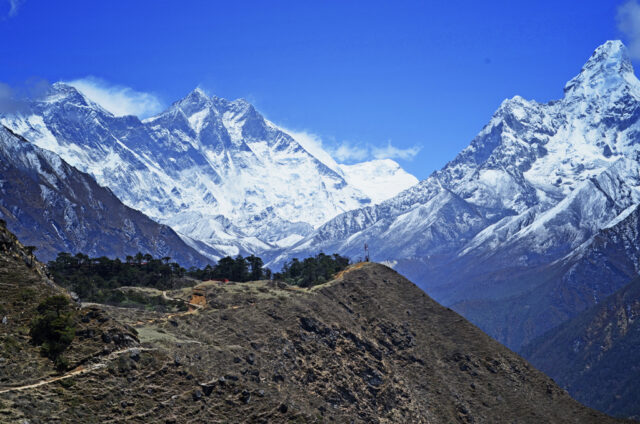
Almost everyone headed to Everest Base Camp spends at least a day acclimatizing in Namche Bazaar the largest village in the entire Khumbu Region. We typically organize our Everest Base Camp Trek so that you can take a rest/acclimatization day in Namche and our guests usually hike up to the Everest View Hotel for a great panorama of the Himalayas which includes Everest, Ama Dablam and Lhotse. While this is a great excursion, it’s good to know what the options are. If you’re trekking with us to Base Camp and one of these sounds more appealing than the Everest View Hotel hike, just let us know and we can arrange it for you.

There is a dilapidated school in Shava, Nepal, in dire need of support to improve its physical facilities as well as resources to enhance the quality of education. Over four decades ago, in 1973, Kamal Gautam finished his 5th-grade education there. It is in the village of his birthplace. Since then, the school has expanded into a high school but the funding has not grown with its size. After returning home and discovering the school in worsening conditions, Kamal has made it his mission to get his childhood school the funding it needs. To institutionalize support and to ensure transparency, Kamal is collaborating with Give2Asia, a non-profit organization (NGO) based in San Francisco, California, and a Nepalese NGO (SSSS) that directly serves the local villages. Himalayan Wonders is also joining the effort to make this mission a success. About his childhood, Kamal reminisces, “My favorite memories from my village are of working in the rice field during school vacation in June and July when it was a rice planting season. Plowing in the rice field was fun but exhausting. At school I would play volleyball with my friends. Since we did not have a real volleyball, we used to make […]
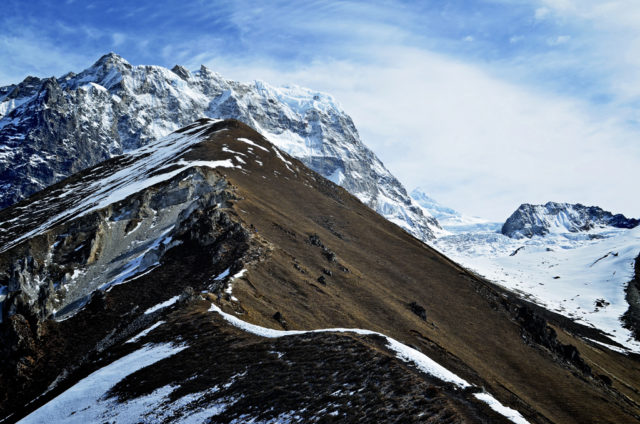
Kyanjin Ri (4773m / 15655 ft), like Kala Patthar on the Everest Base Camp Trek, is the highest point most trekkers reach on the Langtang Trek. Kyanjin Ri is a small hill by Himalayan standards that sits just to the north east of Kyanjin Gumba (3830m). Its well worth the 3 to 5 hours it will take to get to the summit to see the fantastic views of the upper Langtang Valley and surrounding peaks and glaciers. Here is a quick summary of how to reach the top and what you will see.
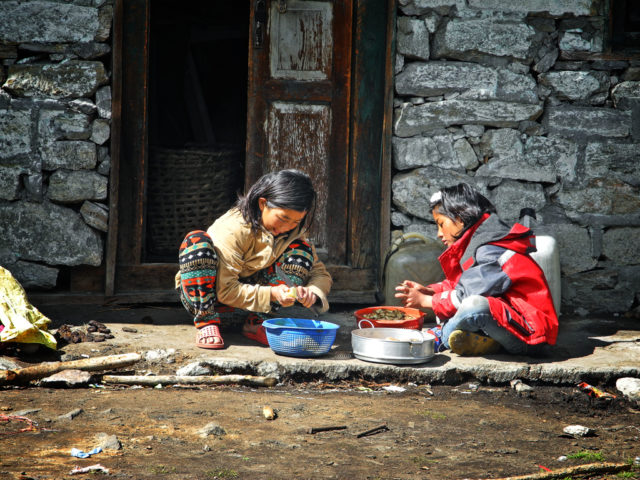
The Langtang trek is a relatively short trek (from 6 to 9 days) that combines fantastic mountain views and excellent tea house accommodation. What’s more is that Syabrubesi (1400m) the jumping off point for the trek is just a six hour drive from Kathmandu. Compared to the Everest Base Camp or Annapurna this trek receives just a handful of visitors.








